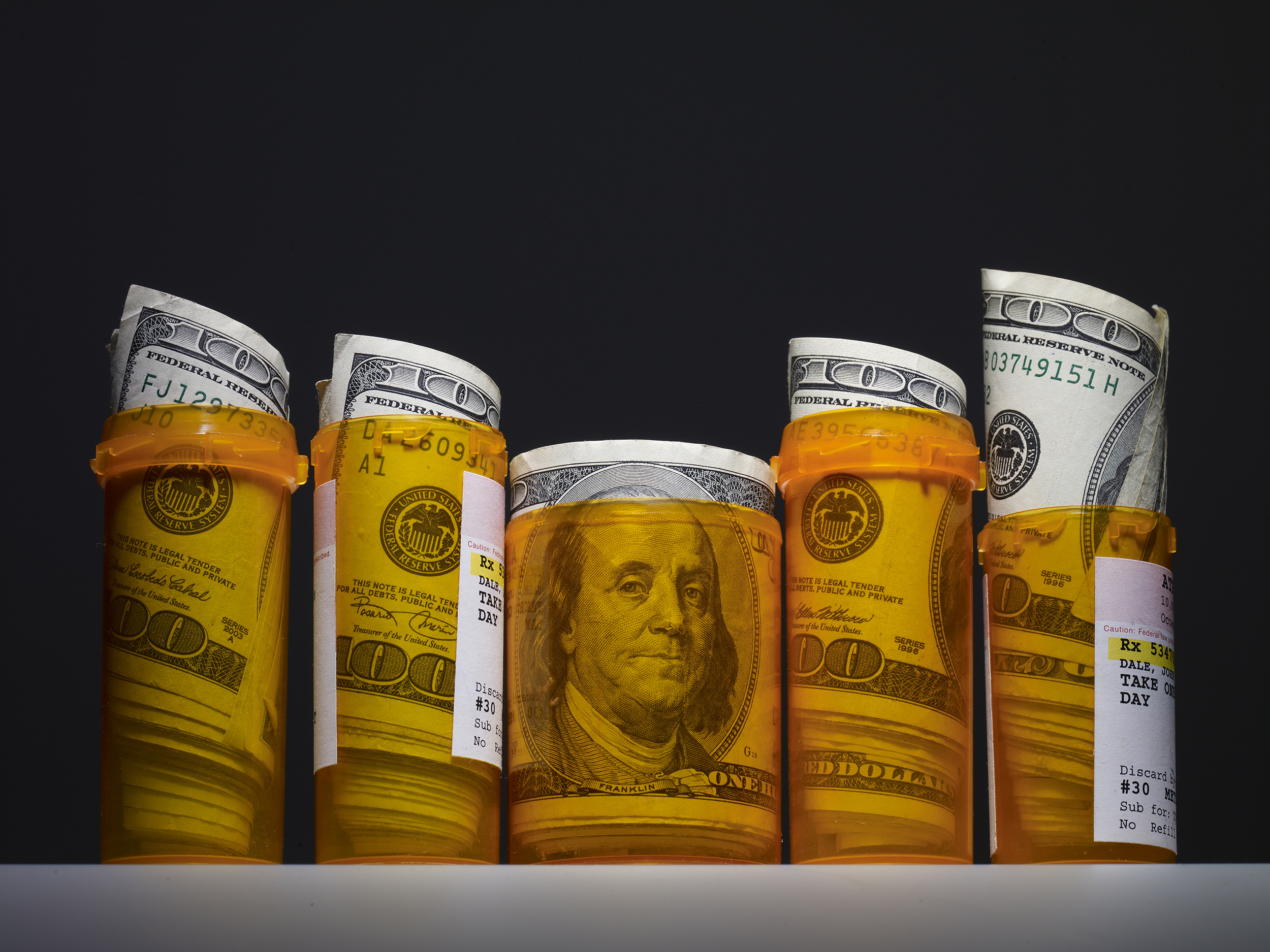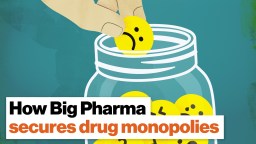Chantix, Trulicity, Xeljanz, and most drugs advertised on TV are of “low therapeutic value”

- A new study finds that slightly more than 70% of pharmaceutical drugs advertised on television are of “low therapeutic value,” meaning they offer little benefit over other available therapies.
- “One explanation might be that drugs with substantial therapeutic value are likely to be recognized and prescribed without advertising, so manufacturers have greater incentive to promote drugs of lesser value,” the study’s authors wrote.
- This drives inefficiency in health care, leading doctors to prescribe expensive medications that don’t offer noticeable benefits over far cheaper alternatives.
Slightly more than 70% of pharmaceutical drugs advertised on television are of “low therapeutic value,” meaning they offer little benefit over other available therapies, which are often cheaper.
That’s the conclusion reached by researchers affiliated with Brigham and Women’s Hospital, Harvard Medical School, the Yale School of Medicine, and the Dartmouth Institute for Health Policy and Clinical Practice, who scrutinized advertised drugs for added benefit, safety, and strength of evidence, as compared with existing therapies. Their assessment was published last week in the journal JAMA Network Open.
Drug ad(dled)
The researchers calculated that between 2015 and 2021, $15.9 billion was spent on advertising the 53 “low therapeutic value” drugs found in the study. The three that garnered the most spending were dulaglutide, sold under the brand name Trulicity, a once-weekly injection prescribed for type 2 diabetes; varenicline, branded as Chantix, given to help people quit smoking; and tofacitinib, sold as Xeljanz, which treats rheumatoid arthritis, psoriatic arthritis, and ulcerative colitis.
The authors speculated on what could account for their finding: “One explanation might be that drugs with substantial therapeutic value are likely to be recognized and prescribed without advertising, so manufacturers have greater incentive to promote drugs of lesser value.”
These low-value drugs might technically offer added benefits compared to existing therapies, but they are so small that patients probably wouldn’t notice the difference in their day-to-day lives. The substantial ad spending is intended to get lay consumers to go to their doctors to demand the flashy drug advertised on TV, even though there is an essentially equivalent alternative medication available at a fraction of the cost. This consumerist cycle drives up insurance premiums for all without substantively improving health outcomes.
“Seniors have been particularly hard hit, facing high out-of-pocket costs for select so-called specialty medications—high-cost, sometimes heavily advertised products—under Medicare Part D,” said Dr. Ameet Sarpatwari, an assistant professor of medicine at Harvard Medical School who focuses on the effects of laws and regulations on therapeutic development, approval, use, and related public health outcomes.
This marketing-fueled inefficiency ultimately arises because the U.S. and New Zealand are the only two countries to permit direct-to-consumer advertising of pharmaceutical drugs.
“The American Medical Association and public health advocates have called for restrictions on direct-to-consumer drug advertising, warning that it inflates demand for newer, more expensive drugs at the expense of less costly alternatives,” the authors of the new study wrote.
More money, more problems
Indeed, before the FDA relaxed guidelines related to marketing pharmaceuticals on broadcast media in 1997, prescription drugs only accounted for 7% of total health care spending. Twenty years later, they accounted for 17% of spending.
“Policy makers and regulators could consider limiting direct-to-consumer advertising to drugs with high therapeutic or public health value or requiring standardized disclosure of comparative effectiveness and safety data,” the authors concluded, before pouring cold water on the solution.
“Policy changes would likely require industry cooperation or face constitutional challenge.”





